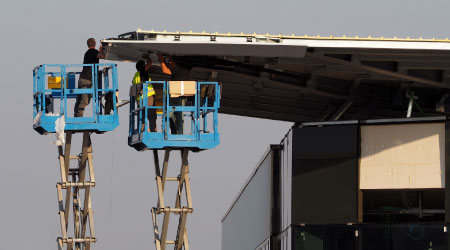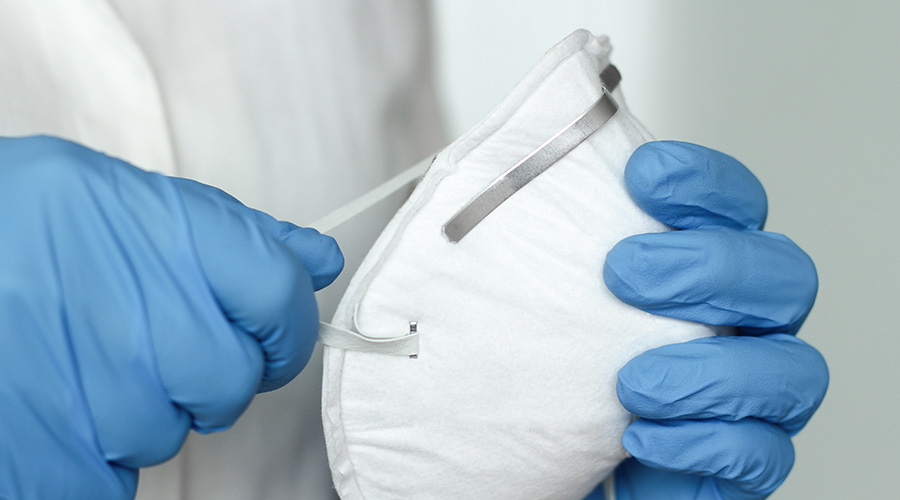Lift Maintenance Guidelines
Aerial lifts can vary considerably by make and model. But no matter which piece of equipment managers select, regular inspections of an array of essential components will ensure the unit’s safe and efficient operation:
Platform
Inspect the platform assembly and control panel, specifically:
• lock bolts for tightness
• the foot switch for proper operation
• switches, which should be in neutral
• signs, labels and instructions for legibility
• safety latches, toe boards, railings and guards to ensure they are in good condition and working properly.
Boom or Lift
Inspect:
• the jib and main boom assembly or scissors lift to ensure pins and pivot points are in good condition, properly attached and locked, and show no signs of bending, pinching or wearing
• lubrication points for signs of lubrication; dry or dirty lube fittings might mean the lube points have not been used
• the control valves for leaks, loose hoses, frayed wires or damaged insulation, making sure support brackets are in place and tight.
Frame
Inspect:
• the four-wheel assemblies for tire condition and proper inflation
• the drive hub and brakes for signs of brake fluid leakage, caked dirt, lack of lubrication and missing or loose lug nuts
• the steering cylinders, tie rods and steering linkage for wear and proper fluid levels and lubrication.
Turntable
Inspect:
• drive-train components — pump, drive motor, brake and control valve, connecting hydraulic hose, and fittings — for signs of hydraulic-fluid leaks visible at connections
• pumps or control valves for low pressure under loads caused by wear
• pressure plates for cracks due to overloading; signs of cracks should trigger a more detailed inspection of all lift components for signs of strain, such as leaks, bent or scored mechanical linkages or cable fatigue.
• turntable drive and support bolts
• turntable bearing and gear mechanism for proper lubrication and smooth rotation; hesitation might indicate bearing wear or damage.
Engine components
Inspect:
• engine filter
• battery-fluid level
• oil level
• muffler and exhaust system for leaks or loose brackets
• hydraulic pump, medium-pressure filter housing and swivel for leakage or damage
• horizontal cutoff limit switch to make sure it is free of dirt and the arm is straight, clean, and free to move, if applicable
• hoses and wires to look for leaks, wear or damage
• doors and latches for lubrication and proper operation.
Accessories
Inspect:
• manual descent for wear or damage indicated by leakage, dents or scoring of the cylinder
• return filters for obstructions or leaks
• LP gas tank, if appropriate, to ensure it is well anchored and all clamps and bolts are tight
• hydraulic fluid level in the reservoir by removing the cap, checking the oil level and replacing the cap
• magnetic plug, if appropriate, to check for iron filings indicating metal scoring is occurring in the system; checks should be done when the system is shut down, lowered for storage, and the oil is cold.
• ground-control switches to ensure all operational labels and warning signs are legible.
Related Topics:














